Resources - Research and Policy Briefs

Technology Roadmap: Sea of Cortez Desalination
The Sea of Cortez Desalination Roadmap encompasses the project scope and considers the magnitude of an intake in a sea with high tidal fluctuations, a desalination plant, and long-distance conveyance with extensive…
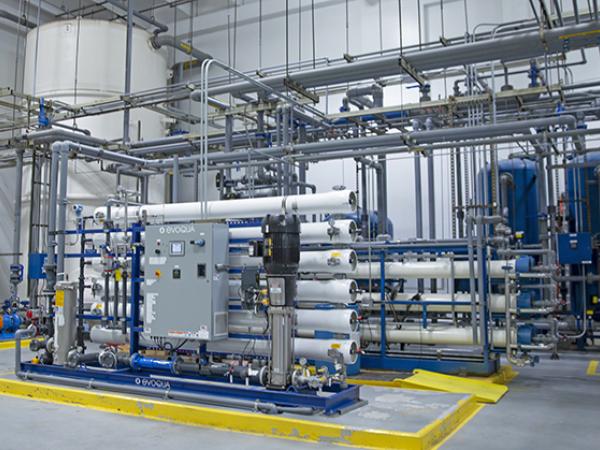
Technology Roadmap: Industrial Water
This Technology Roadmap for industrial water summarizes drivers and research opportunities that support industrial water recycling and onsite reuse.
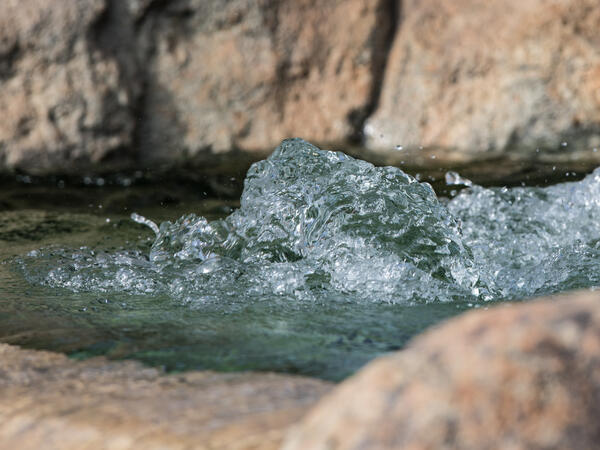
Technology Roadmap: Brackish Groundwater
Brackish groundwater represents the largest unallocated water resource in the state of Arizona, “with more than 600 million acre-feet (AF) of recoverable brackish groundwater in storage.”
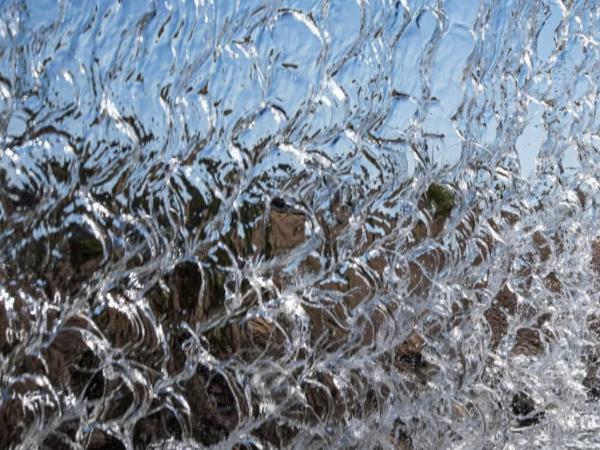
Technology Roadmap: Atmospheric Water Extraction (AWE)
Water extracted from the atmosphere is essentially pure water, therefore, atmospheric water extraction (AWE) holds great potential to produce freshwater with high water quality.

Technology Roadmap: Executive Summary
From the Global Center for Water Technology, an overview of technology roadmaps.

How Arizona Municipal Water Providers Are Regulating Large-Volume Water Users
Recognizing the need to manage water supplies sustainably and cognizant of public concerns about long-term availability, at least nine large municipal water providers in Arizona have passed ordinances imposing…
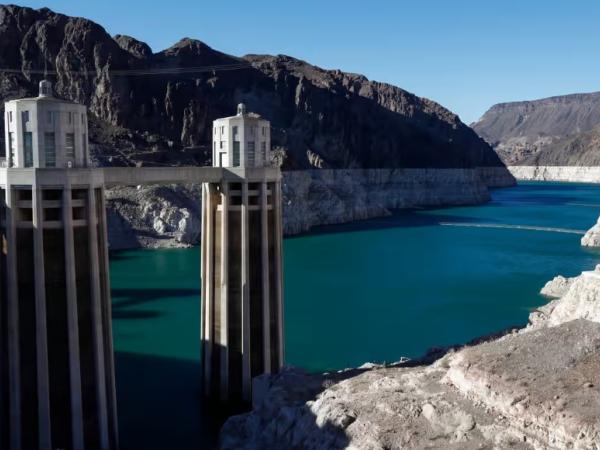
Arizona Guide to the Expiration of the 2007 Operating Guidelines for Lakes Powell and Mead
In response to drought and declining reservoir levels, in 2007 the seven states that share Colorado River water agreed to new guidelines for managing the system; the guidelines and additional measures will expire in…
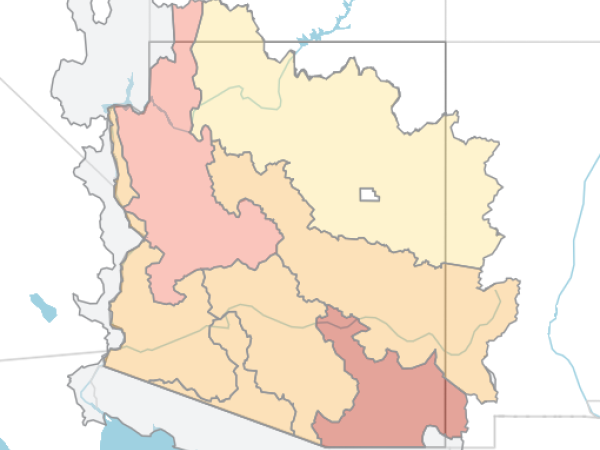
Research brief: Declining freshwater availability in the Colorado River Basin threatens sustainability of its critical groundwater supplies
The Colorado River Basin, a crucial water source for several U.S. states and Mexico, is facing a severe and ongoing decrease in freshwater – both surface and groundwater. This decline is mainly due to the changing…
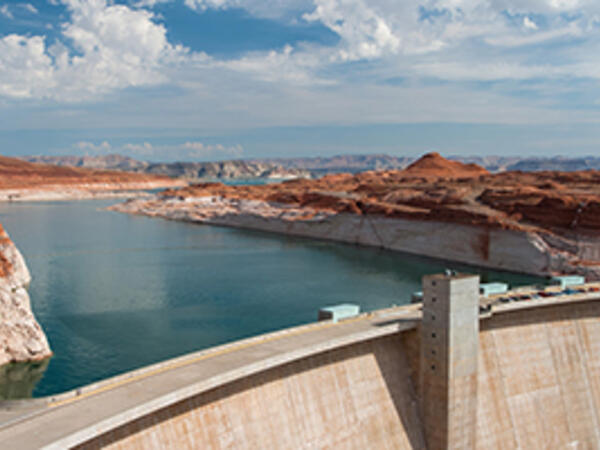
Floating Pools & Grand Bargains
Negotiations over the future of the Colorado River hinge on a bold new idea: Floating Pools — reserved water storage designed to reduce conflict and avoid litigation between Upper and Lower Basin states. Our new report…
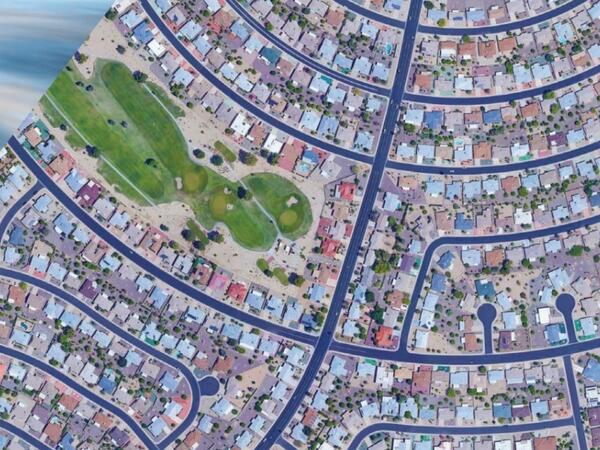
More Elusive Than Ever: Arizona’s Assured Water Supply Protections Under Colorado River Shortages and Groundwater Scarcity
In the state's most urban areas, Arizona's Groundwater Management Act prohibits the sale of subdivision lots that lack a 100-year assured water supply. Allowing groundwater to qualify as an assured supply conflicts with…

2024 Arizona Water Innovation Initiative Year in Review
We in the Arizona Water Innovation Initiative (AWII) are doing our part to develop innovative solutions to water challenges across the state with our five strategic priorities, as well as several cross-cutting…

2023 Arizona Water Innovation Initiative Year in Review
In the first year of this multiyear, $40 million investment by the state of Arizona —alongside a $5 million gift from the Virginia G. Piper Charitable Trust — the Arizona Water Innovation Initiative is strengthening…
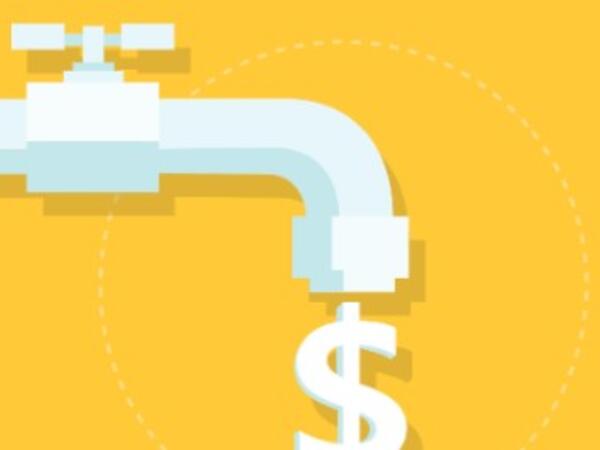
Arizona Tap Water Affordability Report
This report from the Kyl Center for Water Policy and Arizona Water Innovation Initiative assesses the affordability of tap water rates of over 600 water providers – including publicly-owned systems, Tribal systems and…

Arizona monthly climate reports
At the end of each month, the weather for that month is summarized in a publication from the Arizona State Climatologist office at ASU. It includes a narrative of the weather events across the state, graphs and maps…
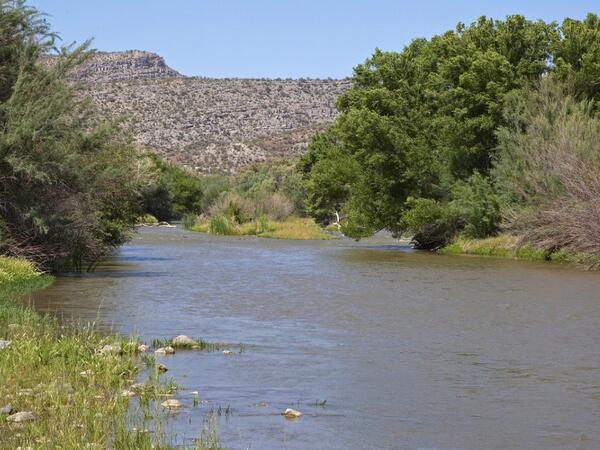
Lessons from the Past
In 1995, the Arizona Legislature amended the state’s adjudication statutes and other statutes that underlie surface water rights in Arizona. What changes to Arizona’s adjudication and surface water statutes will survive…
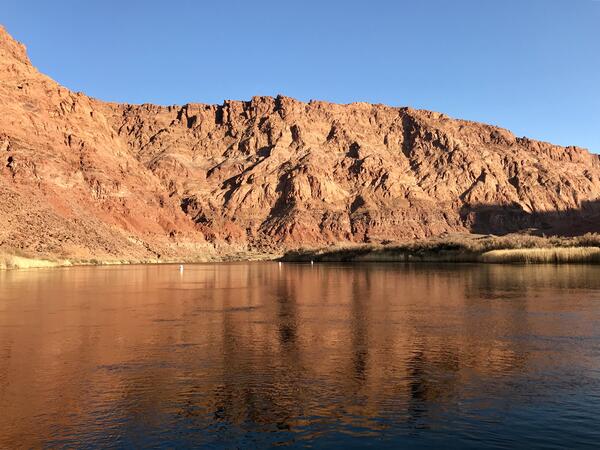
National Climate Assessment Southwest Chapter
Climate change is threatening water resources, increasing challenges to food and fiber production, and compromising human health in the Southwest through drought, wildfire, intense precipitation, sea level rise, and…

Exploratory Scenario Planning for Water Resilient Agriculture
In September 2023, the Babbitt Center, with our partners at the Arizona Water Innovation Initiative at ASU and Lincoln Institute’s Consortium for Scenario Planning, brought together farmers, ranchers, residents,…
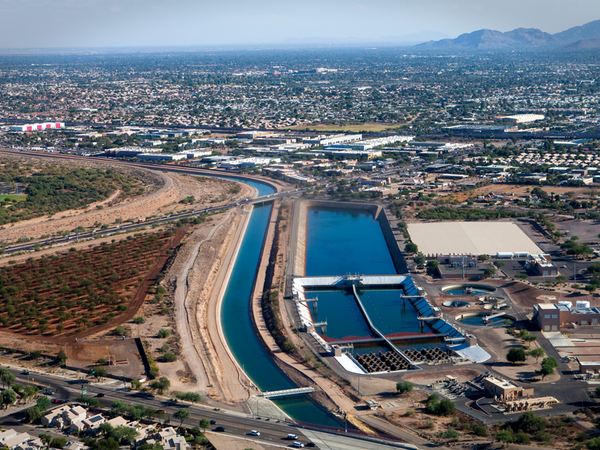
Groundwater Protection in the Valley of the Sun
Sustainable water management is essential in the Valley of the Sun, underpinning public health, economic vitality and quality of life in our desert cities. Underneath the Valley sits an enormous aquifer containing enough…

Northern Arizona Water Affordability Study
Access to safe, reliable, affordable drinking water is the foundation of public health, economic opportunity, and quality of life in any community. Yet, significant challenges associated with providing and…
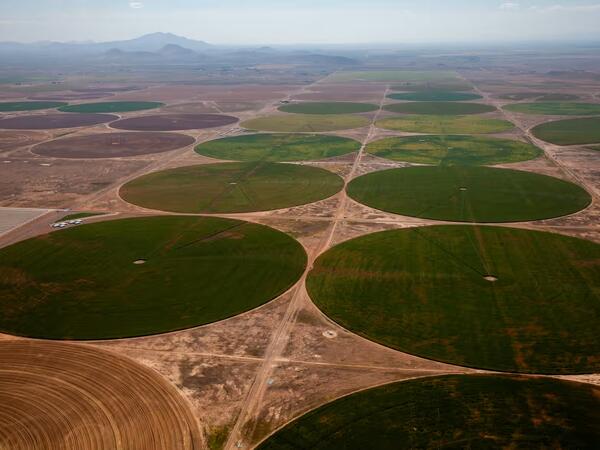
The Myth of Safe-Yield
As Central Arizona Project water becomes less available, central Arizona will be forced to rely more and more on groundwater, increasing the urgency to better manage it as a savings account for a drier future. The goal of…
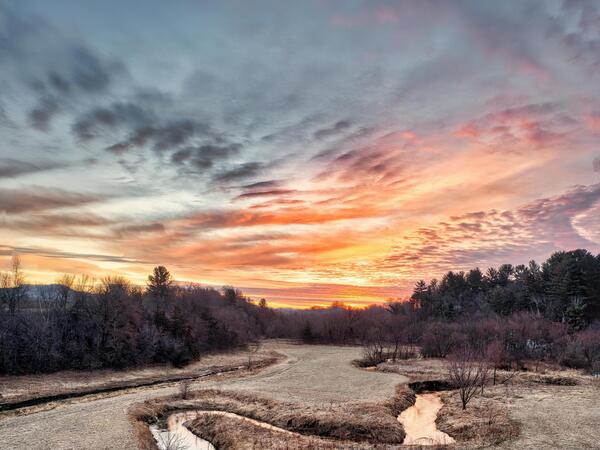
The Elusive Concept of an Assured Water Supply
For nearly 40 years in its most urban areas, Arizona has prohibited the sale of subdivision lots that lack a 100- year assured water supply. But in 1993, the Legislature changed course and created a new path to show an…
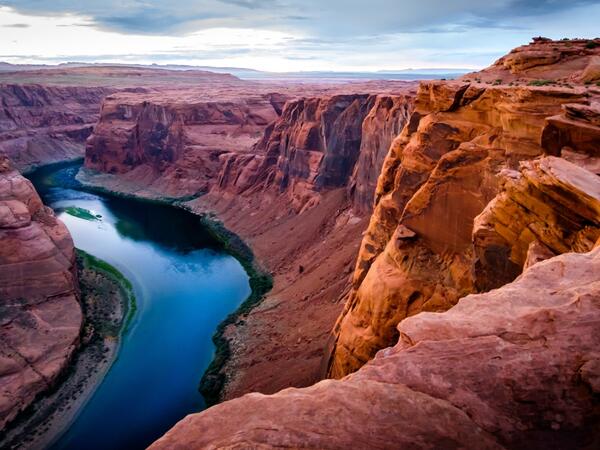
Impacts of Colorado River Shortage to Tap Water Deliveries in Central Arizona
This primer from the Kyl Center for Water Policy provides information regarding Colorado River shortage impacts to the provision of tap water.